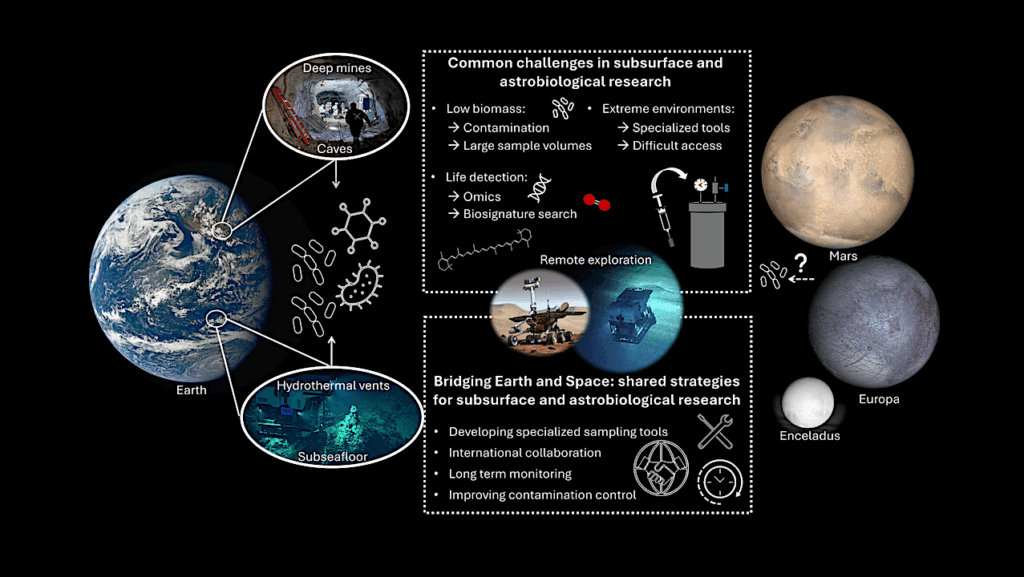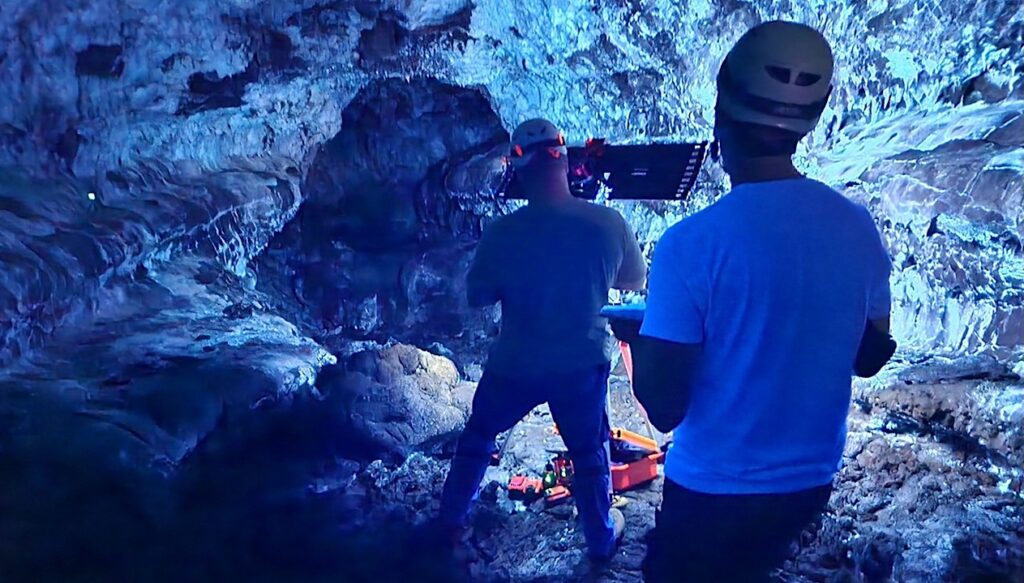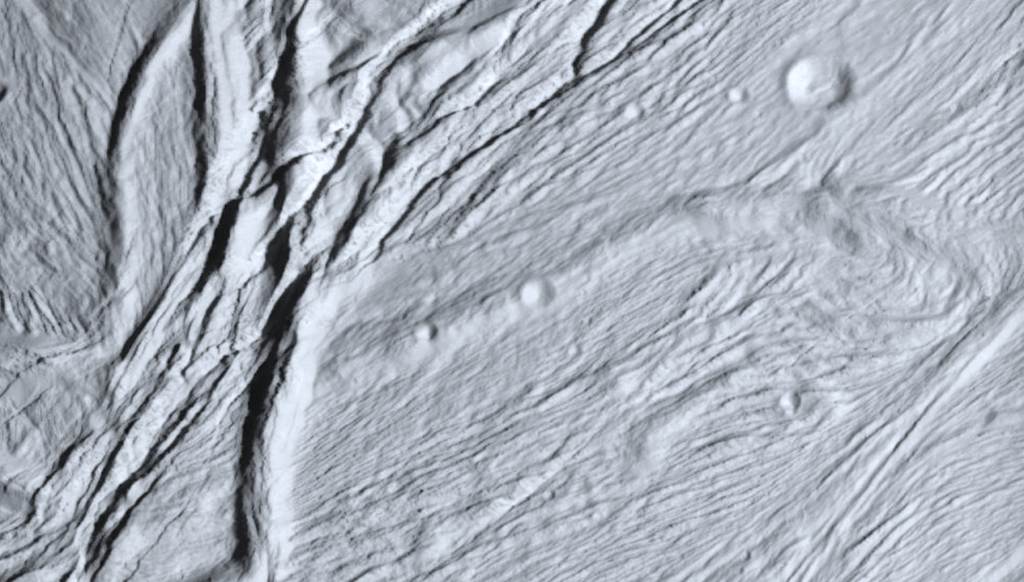Three Super-Earths And A Possible Water World From TESS And ESPRESSO

Since 2018, the ESPRESSO spectrograph at the VLT has been hunting for planets in the Southern skies via the RV method. One of its goals is to follow up candidate planets from transit surveys such as the TESS mission, particularly small planets.
We analyzed photometry from TESS and ground-based facilities, high-resolution imaging, and RVs from ESPRESSO, HARPS, and HIRES, to confirm and characterize three new planets: TOI-260 b, transiting a late K-dwarf, and TOI-286 b and c, orbiting an early K-dwarf.
We also update parameters for the known super-Earth TOI-134 b , hosted by an M-dwarf. TOI-260 b has a 13.475853+0.000013−0.000011 d period, 4.23±1.60M⊕ mass and 1.71±0.08R⊕ radius. For TOI-286 b we find a 4.5117244+0.0000031−0.0000027 d period, 4.53±0.78M⊕ mass and 1.42±0.10R⊕ radius; for TOI-286 c, a 39.361826+0.000070−0.000081 d period, 3.72±2.22M⊕ mass and 1.88±0.12R⊕ radius. For TOI-134 b we obtain a 1.40152604+0.00000074−0.00000082 d period, 4.07±0.45M⊕ mass, and 1.63±0.14R⊕ radius.
Circular models are preferred for all, although for TOI-260 b the eccentricity is not well-constrained. We compute bulk densities and place the planets in the context of composition models. TOI-260 b lies within the radius valley, and is most likely a rocky planet.
However, the uncertainty on the eccentricity and thus on the mass renders its composition hard to determine. TOI-286 b and c span the radius valley, with TOI-286 b lying below it and having a likely rocky composition, while TOI-286 c is within the valley, close to the upper border, and probably has a significant water fraction.
With our updated parameters for TOI-134 b, we obtain a lower density than previous findings, giving a rocky or Earth-like composition.
M. J. Hobson, F. Bouchy, B. Lavie, C. Lovis, V. Adibekyan, C. Allende Prieto, Y. Alibert, S. C. C. Barros, A. Castro-González, S. Cristiani, V. D’Odorico, M. Damasso, P. Di Marcantonio, X. Dumusque, D. Ehrenreich, P. Figueira, R. Génova Santos, J. I. González Hernández, J. Lillo-Box, G. Lo Curto, C. J. A. P. Martins, A. Mehner, G. Micela, P. Molaro, N. J. Nunes, E. Palle, F. Pepe, R. Rebolo, J. Rodrigues, N. Santos, S. G. Sousa, A. Sozzetti, A. Suárez Mascareño, H. M. Tabernero, S. Udry, M.-R. Zapatero Osorio, D. J. Armstrong, D. R. Ciardi, K. A. Collins, K. I. Collins, M. Everett, D. Gandolfi, S. B. Howell, J. M. Jenkins, J. Kielkopf, J. H. Livingston, M. B. Lund, I. Mireles, G. R. Ricker, R. P. Schwarz, S. Seager, T.-G. Tan, E. B. Ting, J. N. Winn
Comments: 61 pages (of which pp. 24-61 are appendices), 20 figures (main text). Accepted for publication in A&A
Subjects: Earth and Planetary Astrophysics (astro-ph.EP)
Cite as: arXiv:2406.06278 [astro-ph.EP] (or arXiv:2406.06278v1 [astro-ph.EP] for this version)
https://doi.org/10.48550/arXiv.2406.06278
Focus to learn more
Submission history
From: Melissa Hobson
[v1] Mon, 10 Jun 2024 13:57:28 UTC (33,359 KB)
https://arxiv.org/abs/2406.06278
Astrobiology








